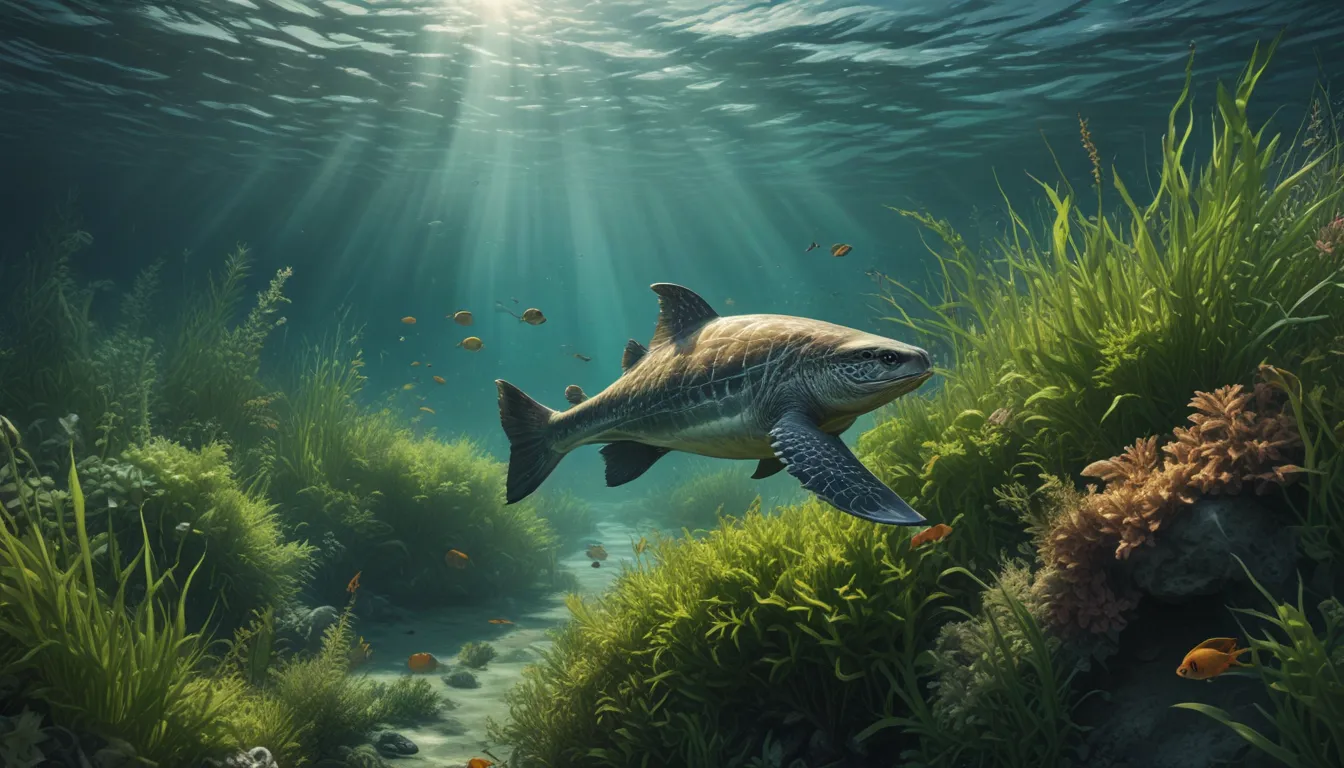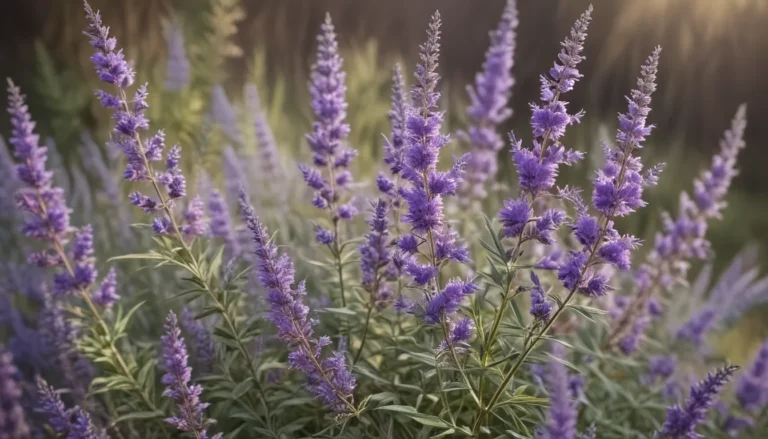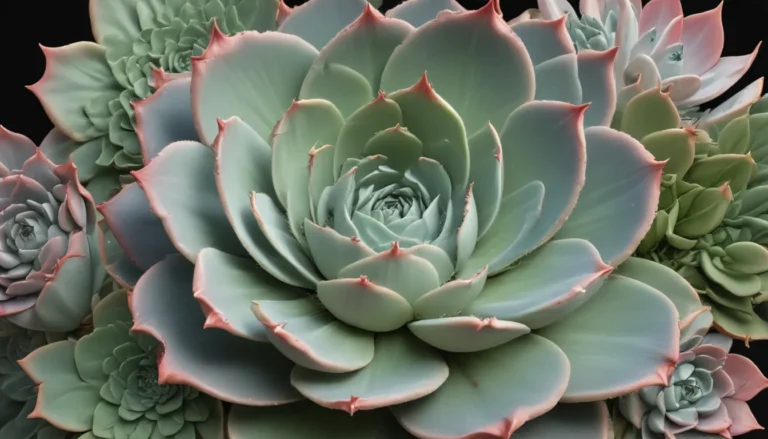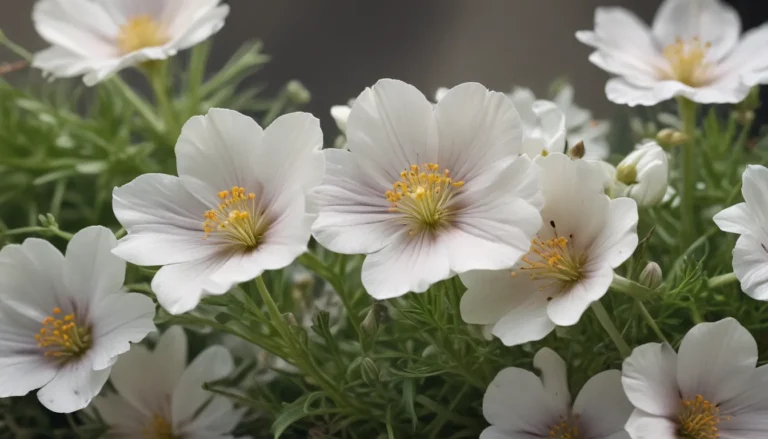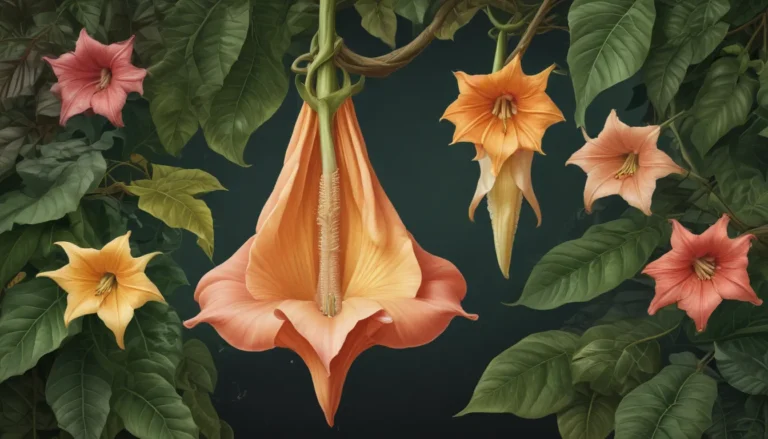The pictures we use in our articles might not show exactly what the words say. We choose these pictures to make you interested in reading more. The pictures work together with the words but don’t take their place. The words still tell you the important facts.
Have you ever paused to wonder about the hidden treasures beneath the ocean's surface, silently shaping the health of our planet? While seagrass may not be the first thing that comes to mind, it's time to shine a spotlight on these underwater meadows that serve as unsung heroes of the marine ecosystem. Far more than a simple backdrop for small fish or a feeding ground for turtles, seagrasses hold a wealth of secrets and stories that captivate with their significance. Join us on a journey into a world where verdant blades sway rhythmically with the currents, fostering a vibrant community below. Let's unravel the mysteries and marvels of seagrass together, delving into 20 remarkable facts that underscore why these seemingly ordinary grasses are indispensable to both our existence and the health of the oceans.
Unveiling the Remarkable Seagrass
Seagrass, often mistaken for seaweed, represents a group of flowering plants that have evolved to thrive fully submerged in saltwater. These extraordinary plants play a pivotal role in coastal ecosystems, offering shelter, sustenance, and oxygen to a diverse spectrum of marine life. Unlike seaweed, seagrass boasts roots, stems, and leaves, with some species even flowering and producing seeds underwater.
The Significance of Seagrass
-
Biodiversity Hotspots: Seagrass meadows function as bustling nurseries for various fish species, crustaceans, and shellfish. The protective environment provided by the leaves is critical for the survival of juvenile fish and contributes to the overall health of fisheries.
-
Carbon Sinks: Serving as underwater carbon sinks, seagrass absorbs carbon dioxide from the water and atmosphere, playing a crucial role in mitigating climate change. Surprisingly, seagrass can capture carbon from the atmosphere up to 35 times faster than tropical rainforests.
-
Coastal Protection: The root systems of seagrass beds play a vital role in stabilizing the sea floor, reducing the impact of waves and storms on coastlines, thereby safeguarding them from erosion.
The Intriguing Reproduction of Seagrass
Seagrass showcases fascinating reproductive mechanisms. Some species engage in underwater pollination, where pollen is released into the water, carried by currents, and used to fertilize other plants. Others reproduce asexually through processes like rhizome extension or fragmentation, where plant fragments break off and give rise to new individuals.
Unveiling Threats to Seagrass Meadows
-
Pollution Perils: The influx of pollutants from agricultural runoff, sewage, and industrial waste can smother seagrass, depriving it of the sunlight essential for survival.
-
Climate Change Concerns: Rising sea temperatures and ocean acidification pose significant threats to seagrass, stressing the plants and rendering them more susceptible to disease while compromising reproductive success.
-
Physical Damage Dangers: Damage from boat propellers, anchors, and coastal infrastructure can devastate seagrass habitats, leading to long recovery periods or irreversible harm to these delicate ecosystems.
Seagrass: A Haven for Marine Life
-
Endangered Encounters: Seagrass meadows provide vital sustenance for endangered species like the green turtle and the dugong, making these habitats critical for their survival.
-
Lush Ecosystems: Hosting a rich array of marine life, some studies estimate that up to 40% of marine species spend a part of their life cycle in seagrass meadows, underscoring the importance of these habitats.
-
Natural Filtering: Seagrass acts as a natural filter, enhancing water quality by trapping sediments and pollutants in its leaves and root systems.
Commitment to Conservation
-
Global Guardianship: Conservation efforts worldwide focus on preserving and restoring seagrass habitats. Initiatives range from reducing water pollution to implementing marine protected areas and physically replanting seagrass in depleted regions.
-
Public Engagement: Raising awareness through education campaigns and promoting sustainable practices among boaters and fishermen are crucial steps in safeguarding seagrass ecosystems.
-
Scientific Support: Advances in scientific technologies like drone mapping and genetic studies are enhancing our understanding of seagrass biology, aiding in the development of effective conservation strategies.
Seagrass Across the Globe
-
Global Presence: Found on every continent except Antarctica, seagrass meadows cover vast expanses, with the largest meadow situated in the Great Barrier Reef spanning over 152,000 square kilometers.
-
Diverse Varieties: Approximately 60 seagrass species have adapted to specific conditions, ranging from shallow estuaries to deep underwater meadows, each contributing to the unique biodiversity of their marine environments.
-
Ancient Wonders: The Posidonia oceanica, known as Neptune grass, in the Mediterranean Sea forms meadows thousands of years old, with some considered among the oldest living organisms on Earth.
Enchanting Fun Facts About Seagrass
-
Oxygen Producers: Seagrass generates oxygen underwater through photosynthesis, significantly contributing to the ocean's oxygen levels.
-
Freshwater Essence: Despite the salty surroundings, seagrass requires freshwater to survive, extracting it from seawater through its roots.
-
Dense Habitats: Seagrass meadows can boast high plant densities, with some areas housing up to 3,000 plants per square meter.
-
pH Balancers: The presence of seagrass helps reduce acidity in the surrounding water, buffering against ocean acidification and creating a more hospitable environment for marine life.
-
Historical Utility: Utilized by humans for centuries in various applications, from roofing materials to insulation, seagrass's ecological significance now surpasses its traditional uses, underscoring the imperative for conservation efforts.
Embracing the Essentiality of Seagrass
Seagrass meadows transcend mere underwater landscapes, embodying vital ecosystems essential to our planet's health. Whether functioning as carbon sinks or nurturing marine life, the myriad benefits of these aquatic sanctuaries are both vast and invaluable. Understanding the significance of seagrass marks the first step towards their preservation. In a world where human actions pose threats to their existence, endeavors to conserve and restore seagrass meadows stand as imperative tasks. By fostering awareness and endorsing conservation initiatives, we contribute to the perpetuation of these underwater gems. Remember, the vitality of seagrass directly correlates with the planet's well-being. Therefore, cherishing and safeguarding these environments equates to safeguarding our collective future.
Conclusion
Was this page helpful?
Our unwavering dedication to delivering trustworthy and engaging content remains at the core of our mission. Every fact shared on our platform emerges from contributions by individuals like you, enriching our repository with a diverse array of insights and information. With our meticulous editorial review process, we ensure each fact is not only captivating but also credible. Trust in our dedication to quality and authenticity as you embark on your journey of exploration and learning.
